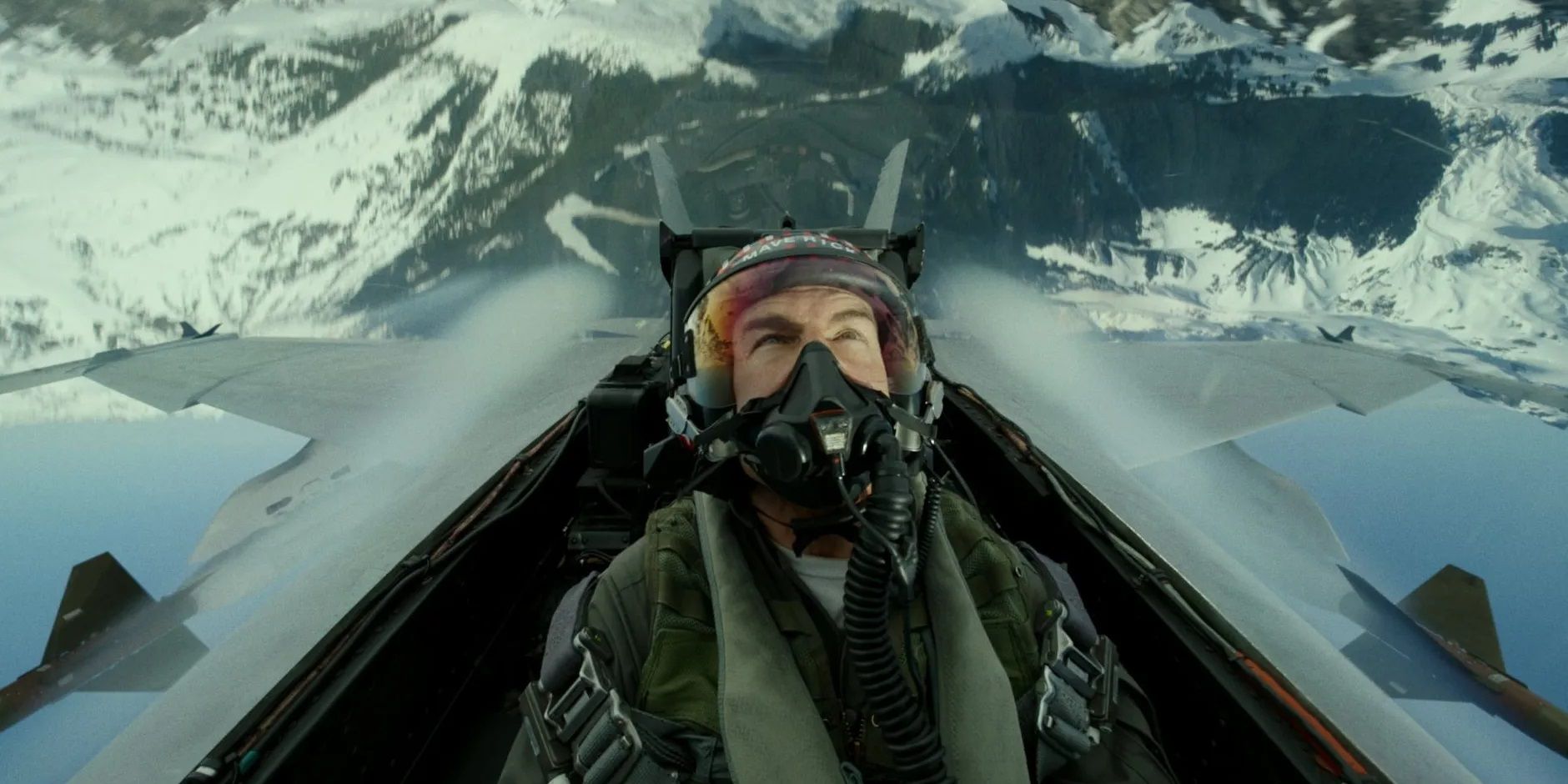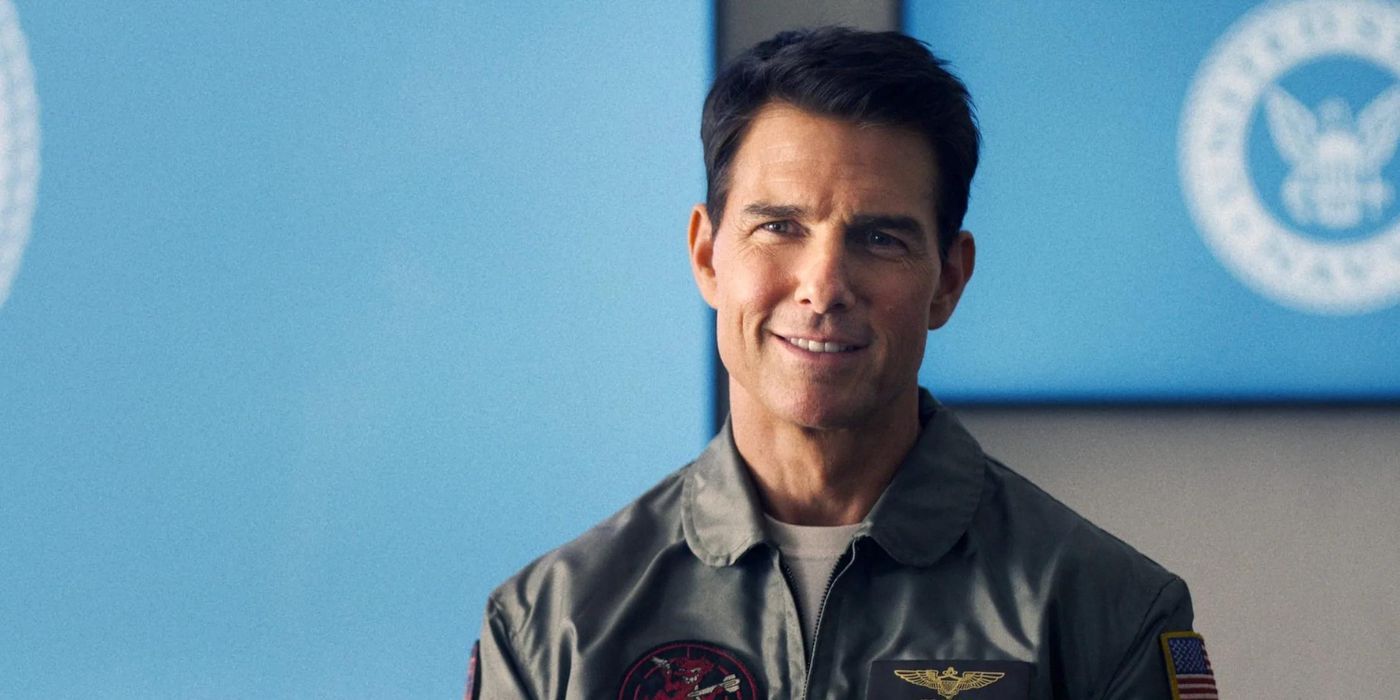Despite Neil DeGrasse Tyson's call out of Top Gun: Maverick's bad science, it does not spoil the film. Top Gun: Maverick, the sequel to 1986's Top Gun sees Tom Cruise's Pete "Maverick" Mitchell return to the Navy's fighter pilot school in order to prepare a new generation of aviators for the most dangerous mission of their lives. Before his return to the titular school, Maverick serves as a test pilot for experimental aircraft, including the Mach 10 capable Darkstar plane, much to the chagrin of Rear Admiral Chester "Hammer" Cain (Ed Harris). It is the contents of this opening scene that the famed astrophysicist and author Neil DeGrasse Tyson criticizes as being completely scientifically inaccurate.In the scene, Maverick is able to achieve the Darkstar test speed of Mach 10, but he pushes the plane beyond its limits, and it is destroyed in midair. In Top Gun: Maverick, Captain Mitchell ejects himself from the Darkstar aircraft in the nick of time and escapes the destruction of the plane with only a stern word from Rear Admiral Cain and a reassignment to Top Gun to show for it. In a tweet criticizing the scene, Neil DeGrasse Tyson claims that if Maverick ejected out of the plane in real life, "at that air speed, his body would splatter like a chainmail glove swatting a worm." Needless to say, that would mean that, in reality, Maverick would then not be able to teach the pilots and the subsequent mission would have ended in certain failure. However, if Top Gun: Maverick had been scientifically accurate, it would not have necessarily made for a more entertaining movie. Read the whole of Neil DeGrasse Tyson's fact-checking tweet below:
How Accurate Is Top Gun: Maverick's Science?
As Neil DeGrasse Tyson explained, the science in Top Gun: Maverick is hardly realistic. Tyson further stated that "at supersonic speeds, air cannot smoothly part," meaning that if Maverick had ejected at Mach 10 in real life, it would be as if he ejected straight into a slab of concrete. Tyson also pointed out that at the point of Maverick's ejection from the Darkstar aircraft, he would have amassed "400 million joules of kinetic energy", or the equivalent of the "explosive power of 100 kg of TNT". Tyson's explanation very quickly demonstrates that if Maverick had ejected from the Darkstar at Mach 10, he would have died practically instantly due to the physics involved with traveling at supersonic speeds. Top Gun: Maverick's aversion to real science doesn't just cover the miraculous ejection from the Darkstar, but the entire premise of Top Gun: Maverick's opening Mach 10 scene.
In the movie, Maverick manages to make the Darkstar travel at Mach 10, which is ten times the speed of sound. While data on airspeeds in the upper atmosphere are limited, this is still significantly faster than any recorded airspeed in history. Currently, that record belongs to pilots Eldon W. Joersz and George T. Morgan Jr., who flew Mach 3.3 (2193 mph) in a Lockheed SR-71 Blackbird in July 1976. For comparison’s sake, the Mach 9 speed that Maverick initially intended to fly during the Darkstar test is approximately 6905 mph, or over three times as fast as the fastest airspeed on record. Top Gun: Maverick's opening Darkstar sequence does not make a good case for the film being scientifically accurate.
Why Top Gun: Maverick Is Great Even If Its Science Isn't
Top Gun: Maverick is a textbook example of a film not having to be scientifically accurate in order to be great. If the film had not broken the laws of physics it would simply not be anywhere near as fun or engrossing. The opening Darkstar scene in Top Gun: Maverick might not make much scientific sense, but it does make emotional sense. The film effectively delivers the stakes of the scene: if Maverick does not get to Mach 10, then every single person he works with will lose their jobs and all of their hard work will have been for nothing. So when Maverick does reach Mach 10 in the Darkstar, it is an incredibly satisfying moment for both the characters and the audience.
There have also been plenty of great films that have completely ignored scientific accuracy. Star Wars would not be anywhere near as fun without Ben Burtt's iconic ship sound effects, even though there is no sound in space. Similarly, the dinosaurs in most of the Jurassic Park franchise not having feathers does not make the movie any less exciting or scary. Top Gun: Maverick is merely the latest in a long line of movies that prove that they don't need scientific accuracy to be entertaining. While Neil DeGrasse Tyson's insights are interesting and an engaging way to teach science (at least when Tyson doesn't wrongly point out errors), they do not in any way ruin the excitement of Top Gun: Maverick.

.jpg)

